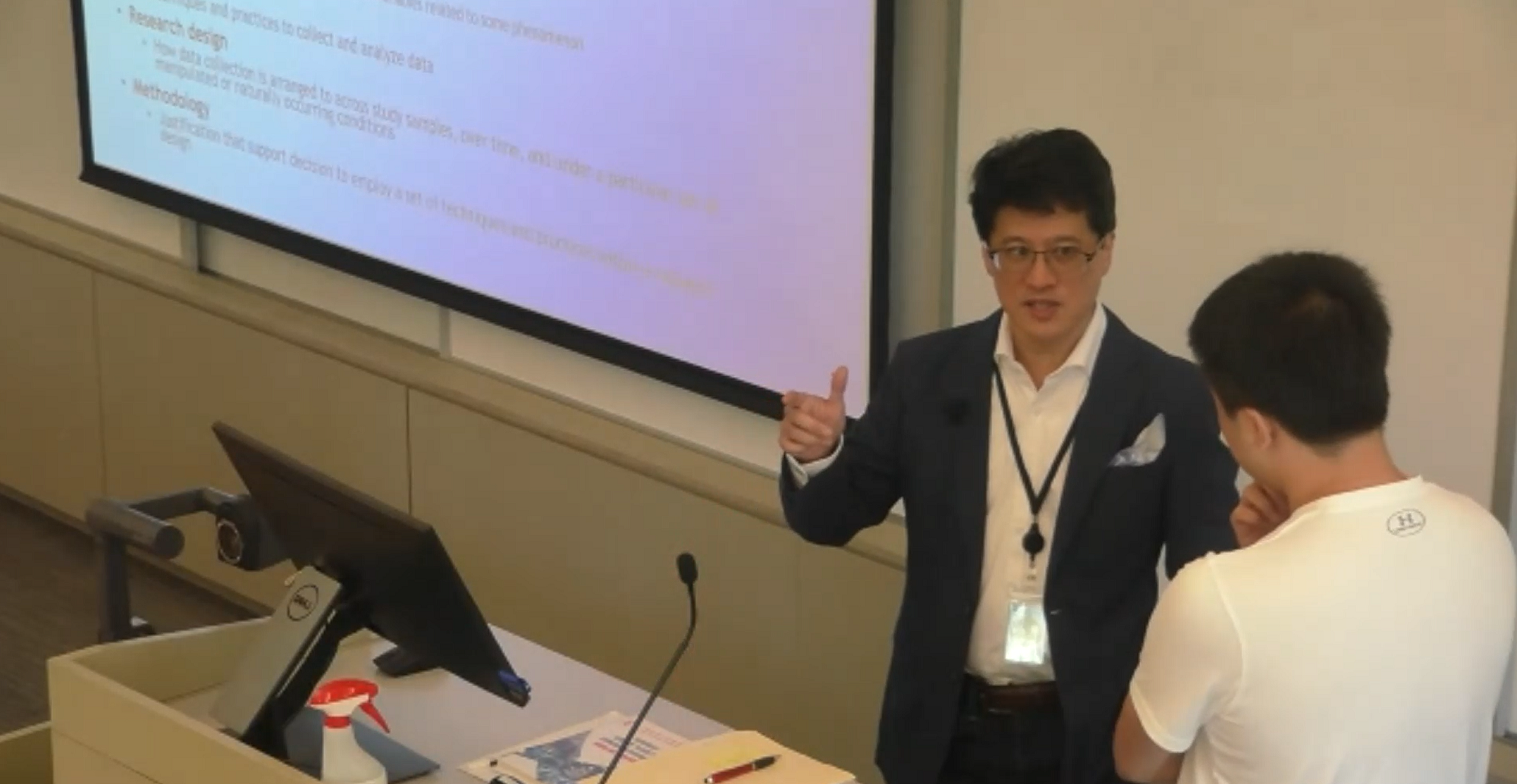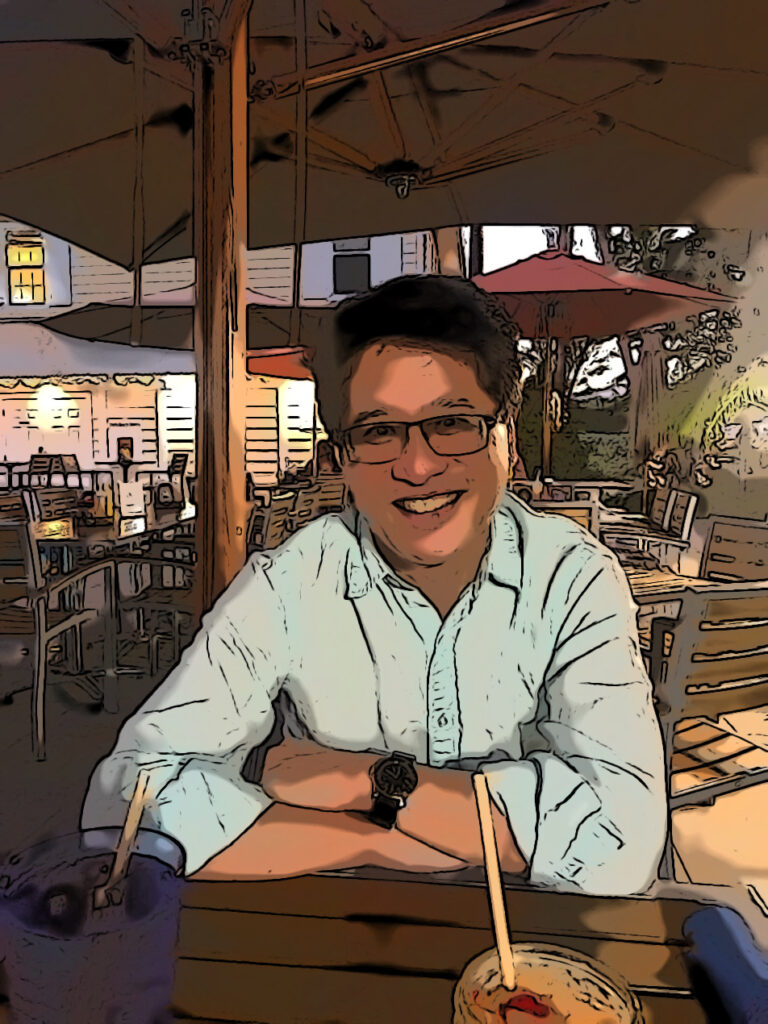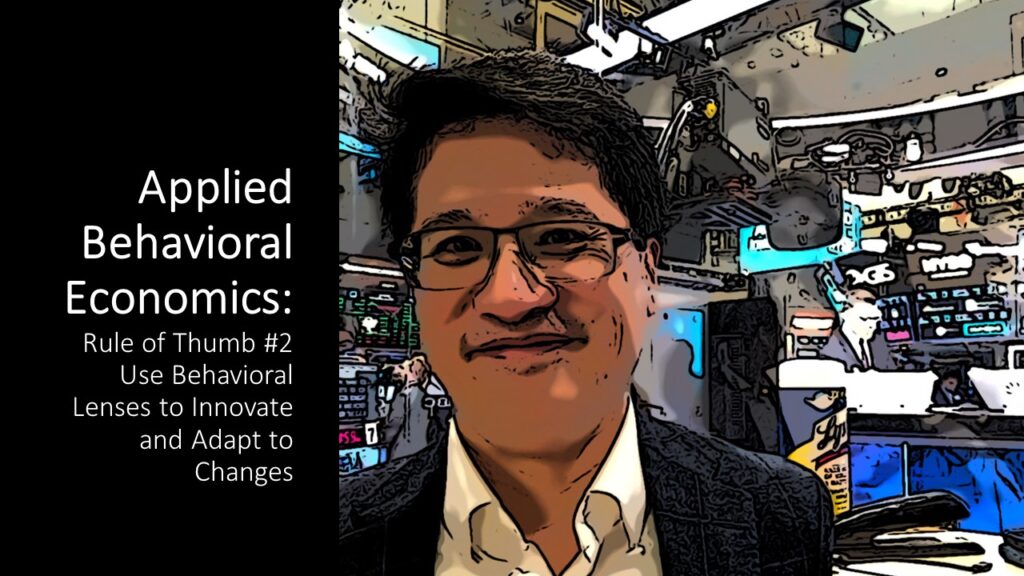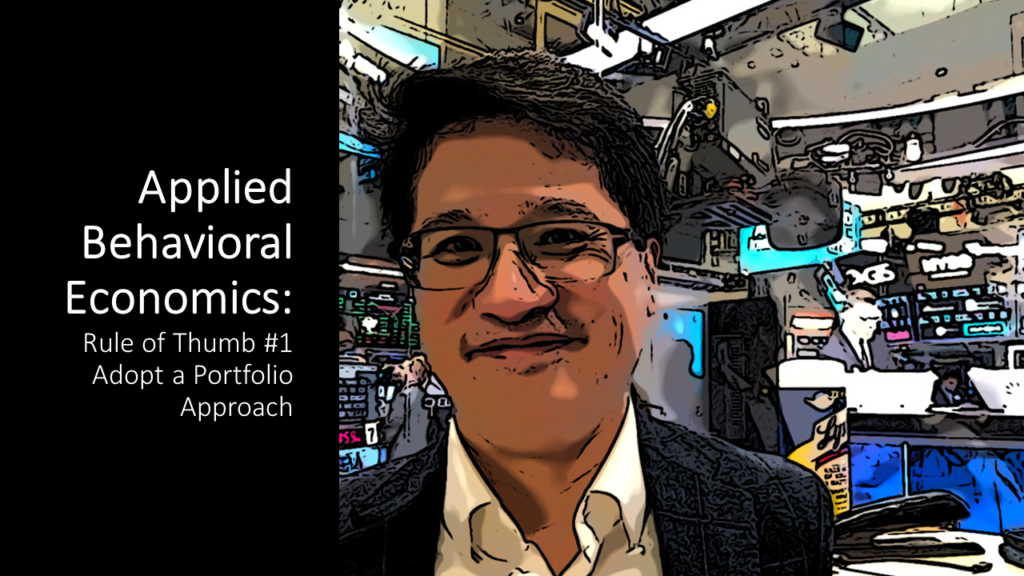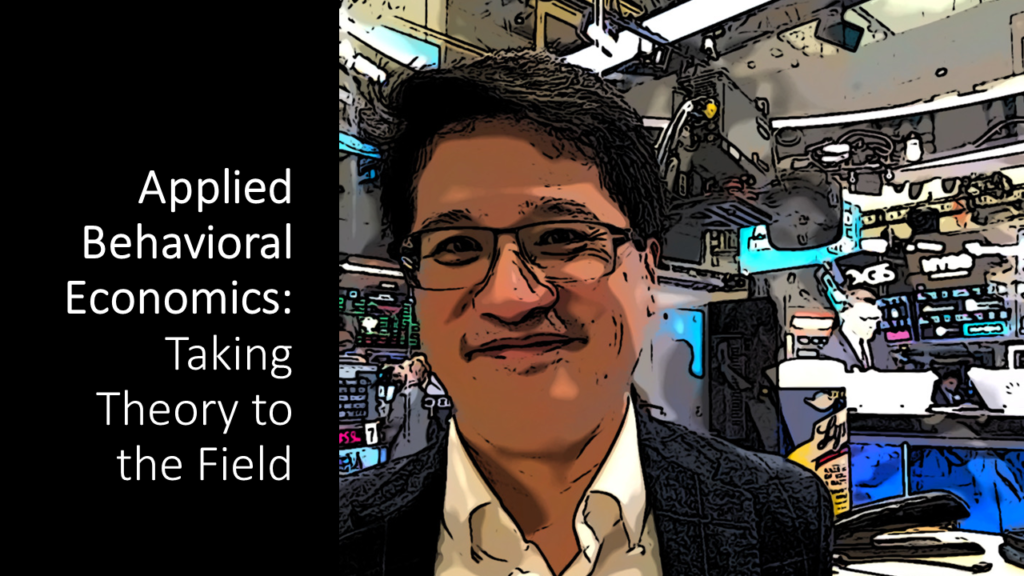
This Sunday morning, I tried to spend time thinking about how I could help people. Could I help someone to get a job? Perhaps make a valuable introduction for someone? Give them an insight? I wrote some messages to take action. It felt good to apply energy to that type of effort.
Reciprocity is a powerful influence on behavior. The idea is that when you give to someone, they are more likely to be receptive to giving something back in the future.
In a classic study of reciprocity and measuring the percentage of tips after dinner in an upscale restaurant, the server delivered the guest check to diners using four methods:
- delivery of guest check normally (a “control condition”)
- delivery of guest check with one small piece of candy, which resulted in 3.4% higher tips
- delivery of guest check with two small pieces of candy, which resulted in 14.0% higher tips
- delivery of guest check with one small piece of candy initially with server returning to provide another piece of candy “just for them”, which resulted in 21.3% higher tips.
In other words, giving candy resulted in a reciprocal response of higher tips. The percentage went up when giving was larger. And unbundling the giving (e.g., 1+1 > 2) by making it unexpected and personalized, results in the largest results.
Moving outside of the upscale dining scenario, just imagine if things were applied in a virtuous circle context? This made me think of the Grand Challenges Project courses at Cornell where companies offer real and safe situations for students to try to solve problems that address any of 17 UN Strategic Development Goals (SDG). Students apply their skills to help. (This picture is of me holding a lapel pin that I received as a gift representing the 17 SDGs. Now I need to do my part.)
Here are some key takeaways:
- Incorporate a regular habit of thinking about ways to help others without expectation of anything in return.
- The more you give, the more likely reciprocity will occur in the future.
- Unexpected, personalized giving can increase the impact of giving.
- Apply the principles of reciprocity in a virtuous circle context, such as through projects or initiatives that address global issues.
Embrace reciprocity as a powerful tool for positive change and actively incorporate it into your actions and interactions with others for the benefit of others.
Reference: Strohmetz, David B., Bruce Rind, Reed Fisher, and Michael Lynn. “Sweetening the till: the use of candy to increase restaurant tipping 1.” Journal of Applied Social Psychology 32, no. 2 (2002): 300-309.
